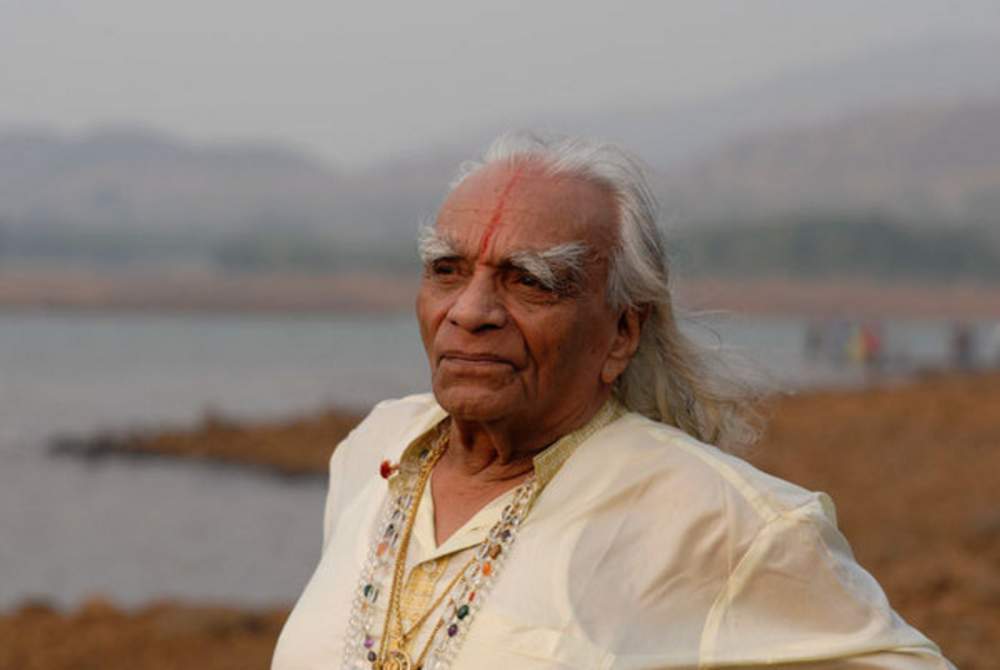
Yoga, an ancient discipline, has become popular worldwide. The selling of yoga and debate over its origins have led to discuss as to whether yoga should be branded at all. Some yoga instructors have gone so far as to patent their variations of yoga; others in the yoga community declare it is a religious and/or spiritual practice and as such should not be declared as intellectual property.
Yogacharya (Yoga Expert Guru) B.K.S. Iyengar was born in India to a family of thirteen children, ten of whom lived. His brother-in-law Tirumalai Krishnamacharya, introduced Iyengar to yoga through the yoga school he ran. Iyengar was not successful in the beginning, and it was only in 1952 when Iyengar met Yehudi Menuhin that he became internationally known.
Menuhin was suffering from sleeplessness and Iyengar showed him an asana which caused him to fall asleep, and wake up so rested that he spent several hours with the yoga teacher and later came to believe that yoga assisted his violin-playing. Iyengar paid frequent visits to the west where his system of yoga was adopted by schools and centers. Iyengar yoga is known for its use of such props as straps, chairs, or blocks in empowering students to accomplish the traditional asanas, or body postures. One of Iyengar’s earliest books, Light on Yoga (1966), is a clarification for Westerners of Patanjali’s thought.
Iyengar is specifically linked with the idea of yoga as a spiritual activity, and a discipline that he explained as “the quest of the soul for the spark of divinity within us.” In every movement, students should be psychologically aware, as yoga is more than a system of aerobic or flexibility exercises.
Iyengar yoga teachers are among the most meticulously trained in the field of yoga. A teacher must finish two full years of training and supervision to be certified at the introductory level. The New York Iyengar organization requires teacher candidates to be experienced in practicing Iyengar yoga up to Level III and to uphold a home practice.
.jpg) “The union of nature and soul removes the veil of ignorance that covers our intelligence.”
“The union of nature and soul removes the veil of ignorance that covers our intelligence.”- “Yoga allows you to find an inner peace that is not ruffled and riled by the endless stresses and struggles of life.”
- “Yoga is a means and an end.”
- “When you see a mistake in somebody else, try to find if you are making the same mistake.”
- “By drawing our senses of perception inward, we are able to experience the control, silence, and quietness of the mind.”
- “Yoga does not just change the way we see things, it transforms the person who sees.”
- “My body is my temple and asanas are my prayers.”
- “Know your capacities and continually improve upon them.”
- “It is through your body that you realize you are a spark of divinity.”
- “Your body exists in the past and your mind exists in the future. In yoga, they come together in the present.”
- “As animals, we walk the earth. As bearers of divine essence, we are among the stars. As human beings, we are caught in the middle.”
- “Yoga teaches us to cure what need not be endured and endure what cannot be cured.”
.jpg) “Words cannot convey the value of yoga—it has to be experienced.”
“Words cannot convey the value of yoga—it has to be experienced.”- “The supreme adventure in a man’s life is his journey back to his Creator.”
- “Change is not something that we should fear. Rather, it is something that we should welcome. For without change, nothing in this world would ever grow or blossom, and no one in this world would ever move forward to become the person they’re meant to be.”
- “The art of teaching is tolerance. Humbleness is the art of learning.”
- “Be inspired but not proud.”
- “Change leads to disappointment if it is not sustained. Transformation is sustained change, and it is achieved through practice.”
- “It is while practicing yoga asanas that you learn the art of adjustment.”
- “Body is the bow, asana is the arrow, and the soul is the target.”
- “When you inhale, you are taking the strength from God. When you exhale, it represents the service you are giving to the world. When you exhale, it represents the service you are giving to the world. When you inhale, you are taking the strength from God.”
- “Life means to be living. Problems will always be there. When they arise navigate through them with yoga—don’t take a break.”
- “True concentration is an unbroken thread of awareness.”
- “Action is movement with intelligence. The world is filled with movement. What the world needs is more conscious movement, more action.”
- “Yoga allows you to find a new kind of freedom that you may not have known even existed.”
.jpg) “When I practice, I am a philosopher. When I teach, I am a scientist. When I demonstrate, I am an artist.”
“When I practice, I am a philosopher. When I teach, I am a scientist. When I demonstrate, I am an artist.”- “Focus on keeping your spine straight. It is the job of the spine to keep the brain alert.”
- “How can you know God if you don’t know your big toe?”
- “Do not stop trying just because perfection eludes you.”
- “Breath is the king of mind.”
- “Spirituality is not some external goal that one must seek, but a part of the divine core of each of us, which we must reveal.”
- “Your body is the child of the soul. You must nourish and train that child.”
- “There is no difference in souls, only the ideas about ourselves that we wear.”
- “It is through the alignment of the body that I discovered the alignment of my mind, self, and intelligence.”
- “Illuminated emancipation, freedom, unalloyed and untainted bliss await you, but you have to choose to embark on the Inward Journey to discover it.”
- “The hardness of a diamond is part of its usefulness, but its true value is in the light that shines through it.”
- “Yoga is a light, which once lit, will never dim. The better your practice, the brighter the flame.”
.jpg) “One’s spiritual realization lies in none other than how one walks among and interacts with one’s fellow beings.”
“One’s spiritual realization lies in none other than how one walks among and interacts with one’s fellow beings.”- “Health is a state of complete harmony of the body, mind and spirit. When one is free from physical disabilities and mental distractions, the gates of the soul open.”
- “Willpower is nothing but willingness to do.”
- “Yoga is like music. The rhythm of the body, the melody of the mind, and the harmony of the soul creates the symphony of life.”
- “You exist without the feeling of existence.”
- “Confidence, clarity and compassion are essential qualities of a teacher.”
- “You must purge yourself before finding faults in others.”
- “Do not aim low, you will miss the mark. Aim high and you will be on a threshold of bliss.”
- “You do not need to seek freedom in a different land, for it exists with your own body, heart, mind, and soul.”
- “Yoga allows you to rediscover a sense of wholeness in your life, where you do not feel like you are constantly trying to fit broken pieces together.”
- “Yoga is the golden key that unlocks the door to peace, tranquility and joy.”
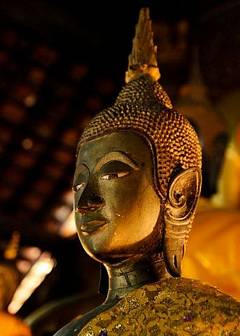 Zen Buddhism is not a religion according to the dictionary meaning of the word religion for the reason that it has no center in god, as is the case in all other religions. Rigorously verbalizing, Zen Buddhism is a system of philosophy co-ordinated with
Zen Buddhism is not a religion according to the dictionary meaning of the word religion for the reason that it has no center in god, as is the case in all other religions. Rigorously verbalizing, Zen Buddhism is a system of philosophy co-ordinated with 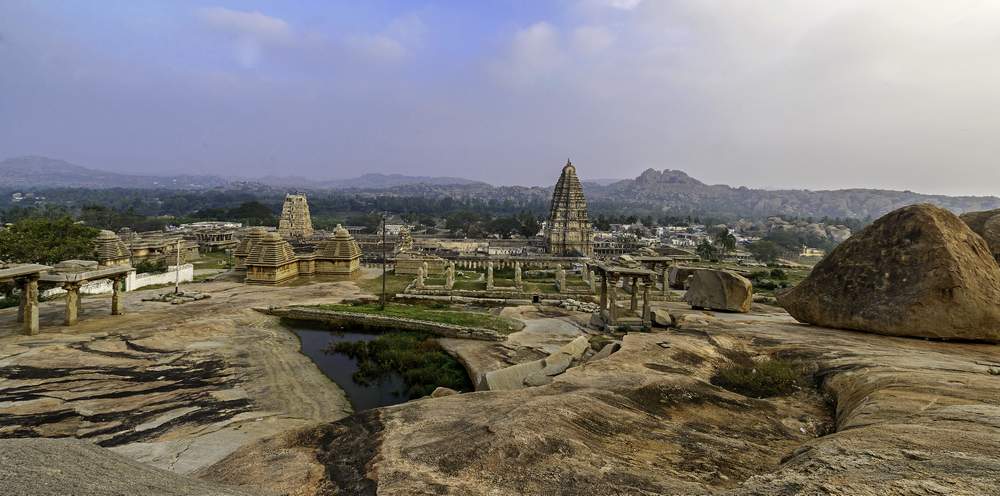
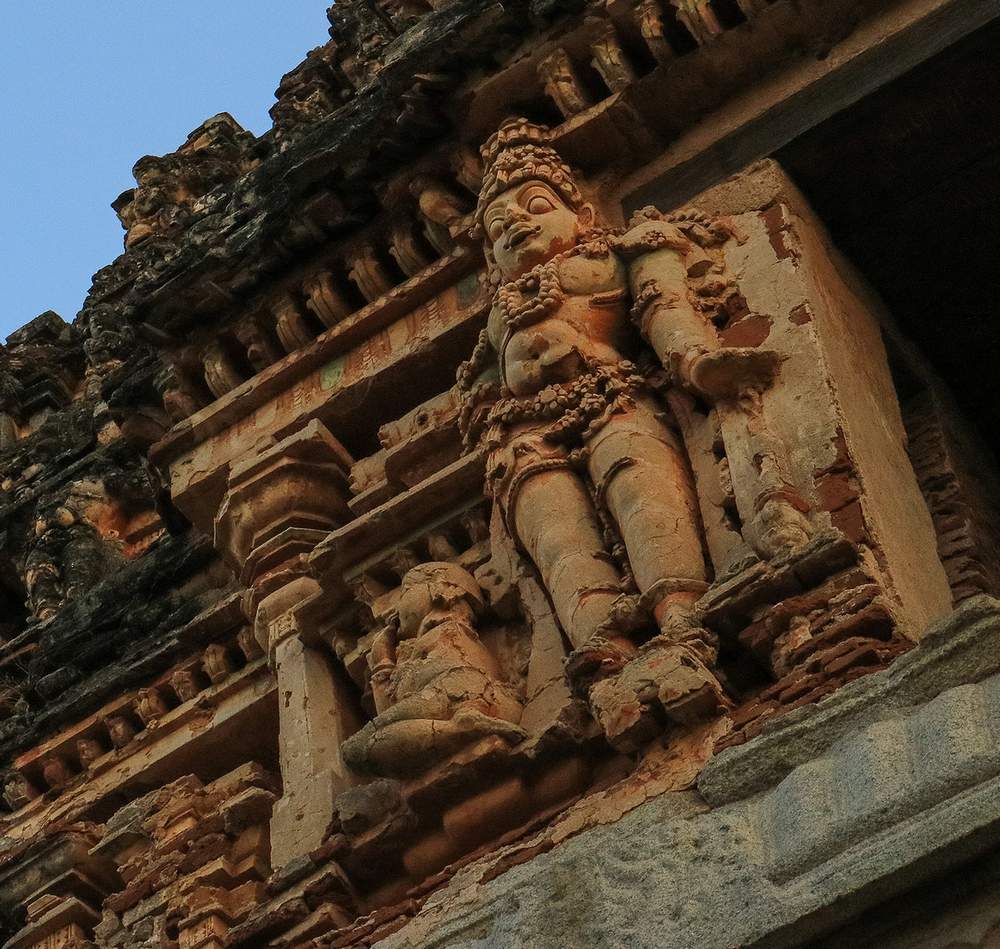
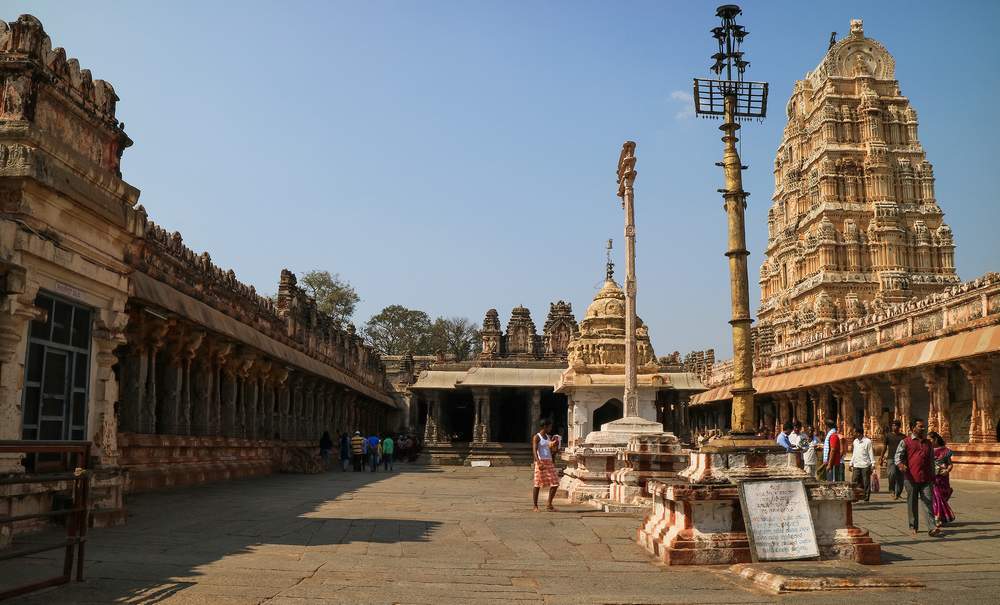
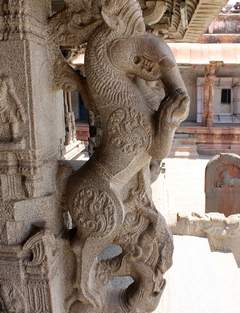 The maharangamandapa added by Krishnadevaraya contains 38 pillars with entrances on three sides with flights of steps decorated with
The maharangamandapa added by Krishnadevaraya contains 38 pillars with entrances on three sides with flights of steps decorated with 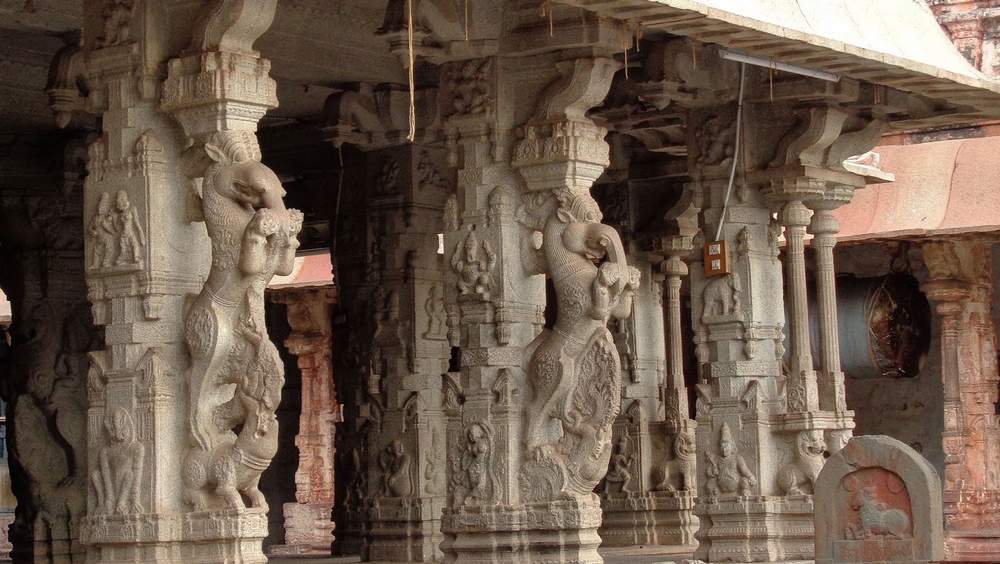
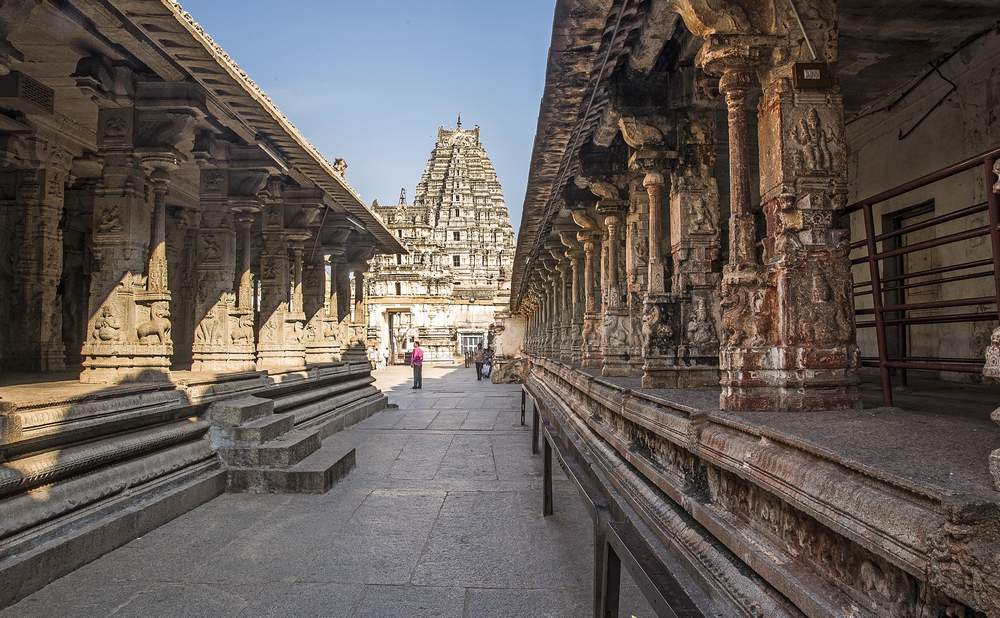






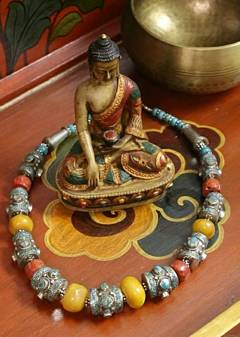 People relish verbalizing, especially if they feel solitary. Those who incline to verbalize non-stop generally have arduousness with practice, and withal make it arduous for others to practice. In our Zen recede, verbalizing is verboten, but there are still some people who cannot resist covertly saying a few words. Others accolade the rule and
People relish verbalizing, especially if they feel solitary. Those who incline to verbalize non-stop generally have arduousness with practice, and withal make it arduous for others to practice. In our Zen recede, verbalizing is verboten, but there are still some people who cannot resist covertly saying a few words. Others accolade the rule and 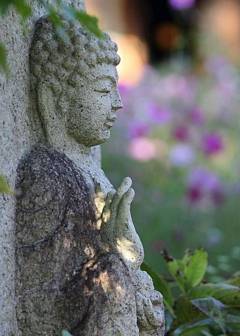 Meditation gives us the opportunity to have an open, compassionate attentiveness to whatever is going on. The
Meditation gives us the opportunity to have an open, compassionate attentiveness to whatever is going on. The 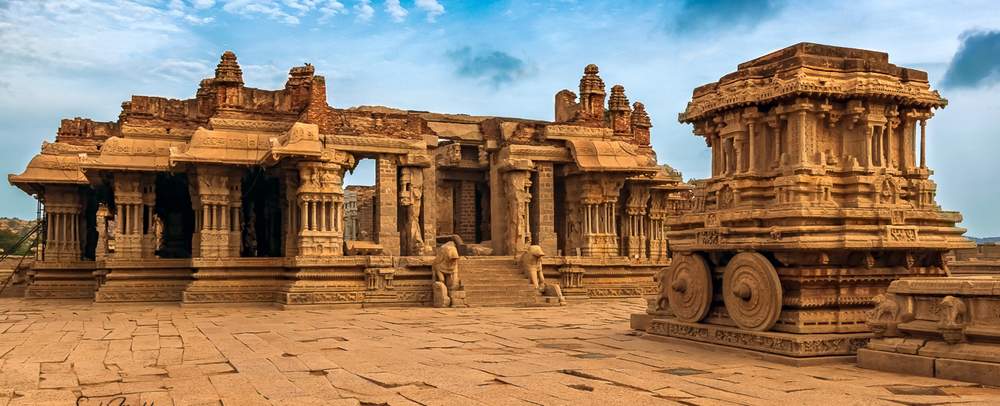
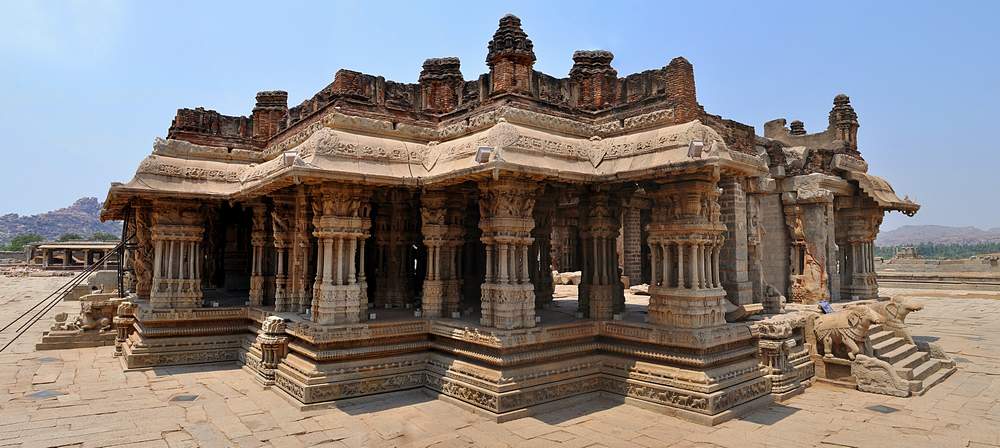
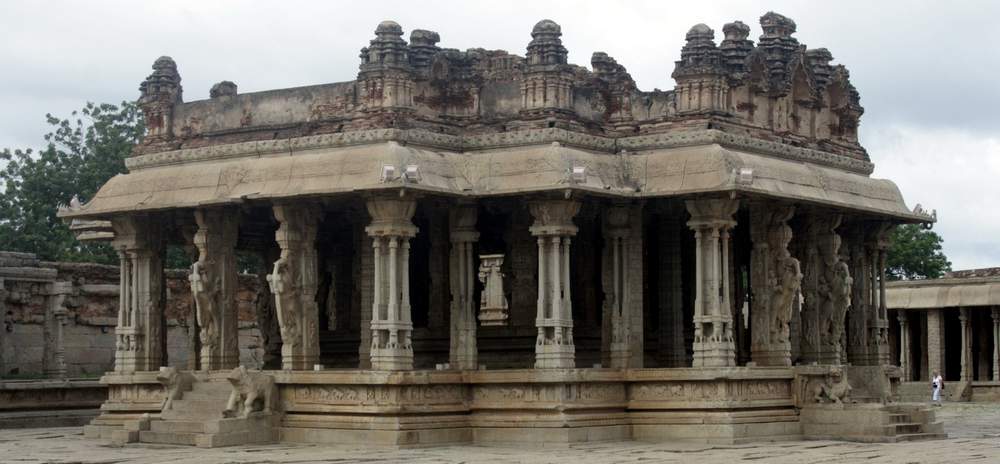
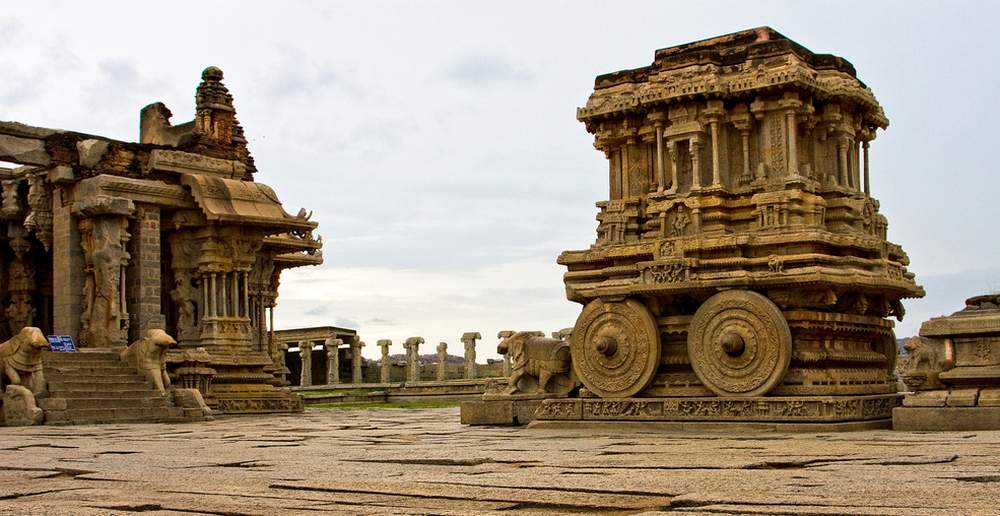
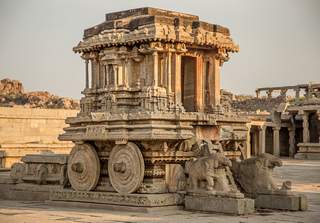 Another important attraction of this temple is the
Another important attraction of this temple is the 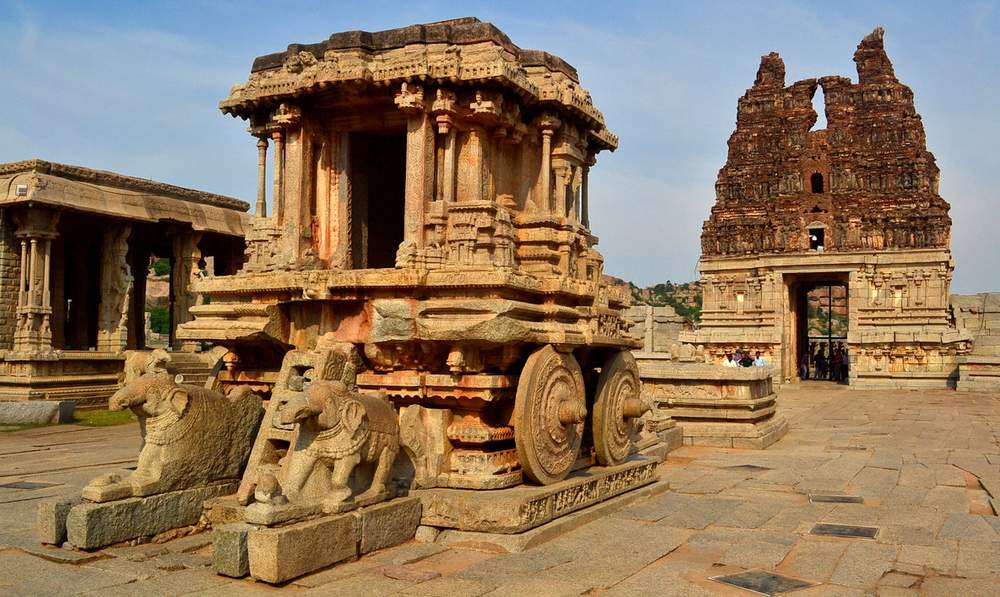
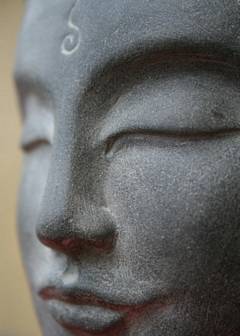 There is a
There is a  Zen is something you do that transforms the mind. Every day, sit down, be quiet, and feel your life. Try to keep company with a koan. Check whether your heart is open when you’re practicing. That’s important. Unbelievably, it is our experience that under a proper guide, this
Zen is something you do that transforms the mind. Every day, sit down, be quiet, and feel your life. Try to keep company with a koan. Check whether your heart is open when you’re practicing. That’s important. Unbelievably, it is our experience that under a proper guide, this 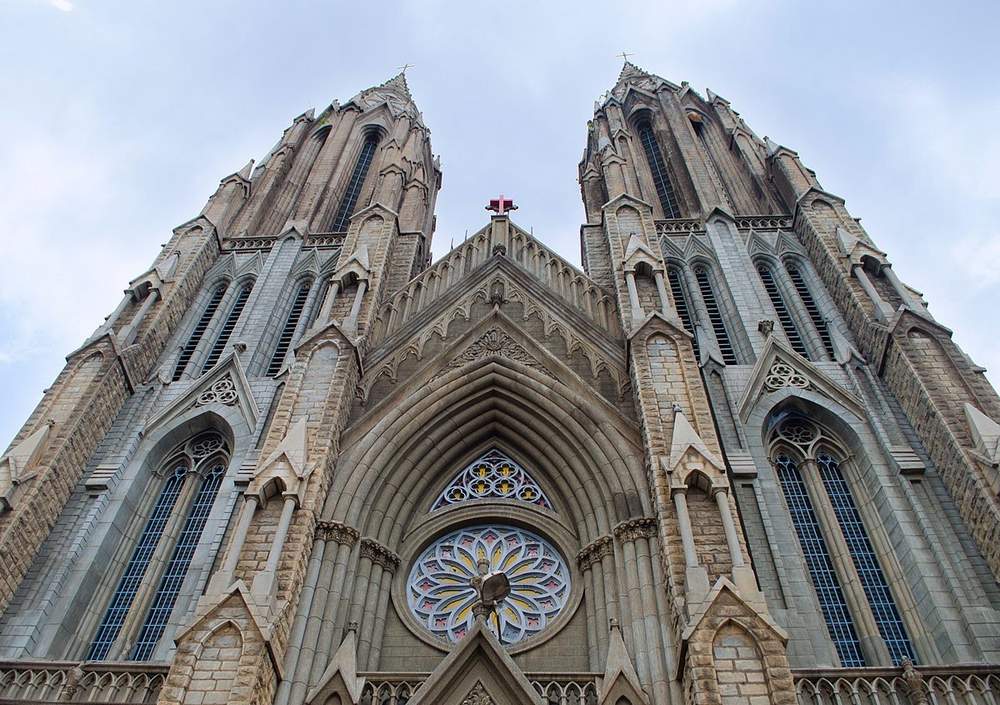
 There was a church known as Saint Joseph’s church built in 1840 and it was reconstructed and was renamed as Saint Joseph and Saint Philomena’s cathedral. It is said that
There was a church known as Saint Joseph’s church built in 1840 and it was reconstructed and was renamed as Saint Joseph and Saint Philomena’s cathedral. It is said that 
